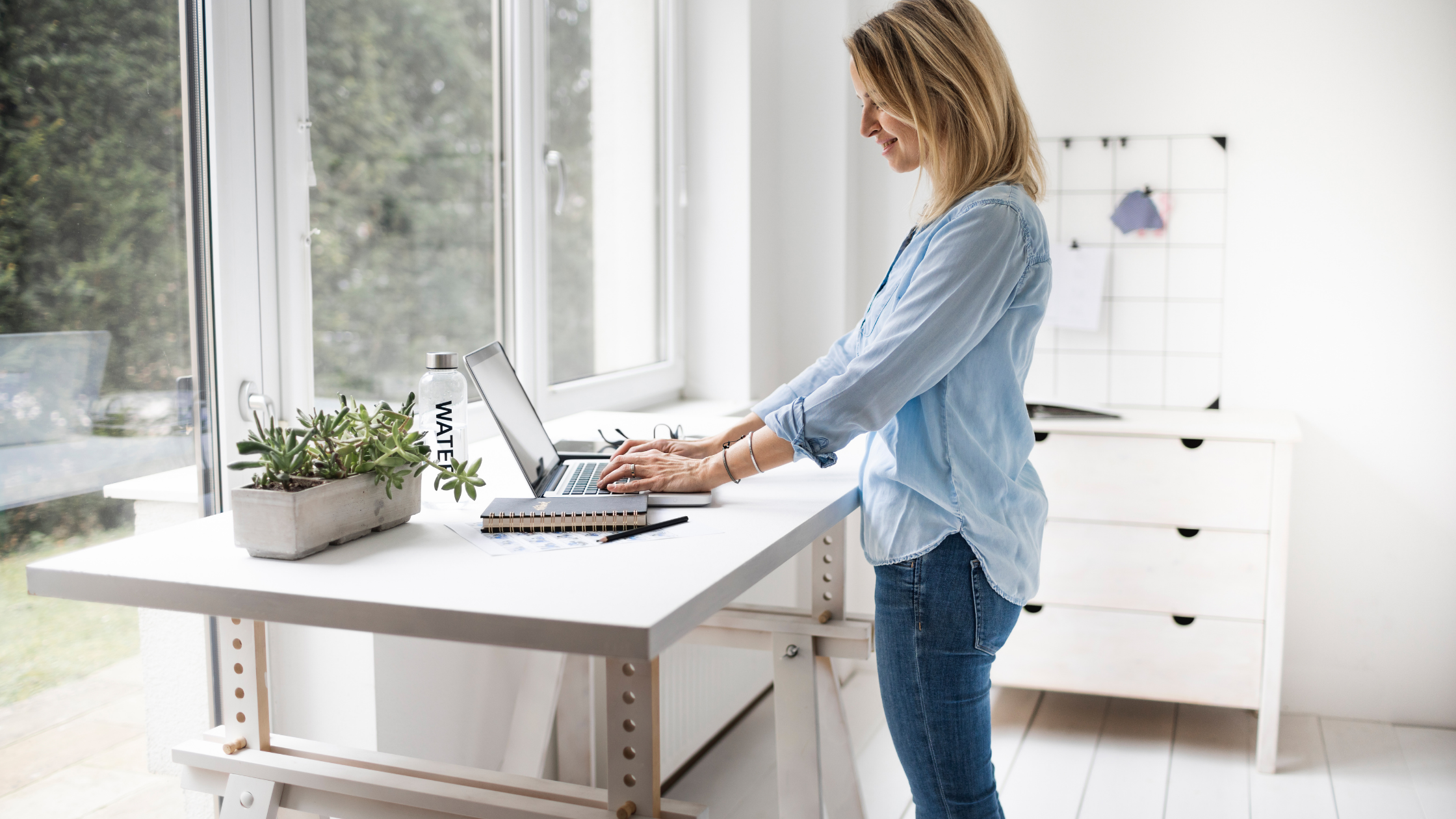What is NEAT?
NEAT is Non-Exercise Activity Thermogenesis. It’s the energy we expend by doing our daily tasks. It includes walking, standing, moving, even fidgeting – everything but lying and sitting still.
Small increases in NEAT throughout the day can account for significant calorie-burning, factored over weeks and years. NEAT is directly related to cardiometabolic health and is believed to be one of the primary drivers for weight gain during the pandemic.
How is NEAT related to metabolic health?
The more we sit, the more our cardiometabolic health suffers. We need daily activity and intentional exercise to condition and maintain our bodies.
-A Canadian study followed 17,000 participants over 12 years. They found sitting time directly correlated with risk of cardiovascular disease and all-cause mortality, regardless of physical activity level. The data demonstrated that ’working out’ didn’t counteract the negative effects of an otherwise sedentary lifestyle. (https://pubmed.ncbi.nlm.nih.gov/19346988/ )
-A Swedish study followed 3800 patients for 12 years. Patients with higher levels of NEAT reduced their risk of cardiovascular events by 27% and all-cause mortality by 30%. This was not dependent on them engaging in intentional exercise (https://pubmed.ncbi.nlm.nih.gov/24167194/)
-Another study followed 14000 men for 11 years. Participants who maintained or improved NEAT had a 15% lower risk of all cause mortality and 19% lower risk of cardiovascular mortality. (https://pubmed.ncbi.nlm.nih.gov/22144631/ )
-NEAT has been shown to improve insulin resistance in type 2 diabetes and reduce blood pressure. (https://pubmed.ncbi.nlm.nih.gov/23711224/ )
How is NEAT measured?
Subjectively, take inventory of the hours you spend sitting in a day. Consider both work routines and leisure-time activities.
Objectively, use a step counter or wearable activity tracker. Wearable activity trackers also leverage the power of the Hawthorne effect – that is, when you know your activity is being measured, you’re likely to put in extra effort to achieve a good result.
How much is enough NEAT?
10,000 steps/day is promoted as a baseline goal for a non-sedentary lifestyle. This is an arbitrary goal, as there’s no concrete evidence to say it’s enough or too much movement to affect health risk. Studies show there seems to be a dose dependent relationship between NEAT and health risk. So unless we’re active and moving 100% of our waking hours, we can probably do better.
For real-life examples, let’s look at the Amish. The Amish have substantially lower prevalence of diabetes, obesity, high blood pressure and high cholesterol than non-Amish North Americans. (https://pubmed.ncbi.nlm.nih.gov/32843497/). This is thought, in part, to their high level of work-related physical activity. In a study of 98 Amish in southern Ontario, the men averaged 18, 425 steps/day and the women 14,196. 7 (https://pubmed.ncbi.nlm.nih.gov/14707772/ ) Compare this to the average North American at 5100 steps/day.
How to increase NEAT
-Look for excuses to not sit still. Only you can assess your lifestyle and the shifts you’re able to make. Keep in mind that what is making life more convenient and efficient may also be reducing NEAT, for example:
-driving short distances instead of walking or biking
-using the dishwasher instead of washing/drying dishes by hand
-using convenience foods instead of milling around the kitchen preparing, cooking and cleaning
-Find ways to relax that don’t involve passive sitting in front of a screen – for example, knit, play a musical instrument, cook, garden, listen to music or audiobooks while walking, play with kids or pets, stretch
-Configure your home office for NEAT– printer is in another room, use a standing desk, treadmill desk, pace while on the phone, garbage/recycling is across the room
-If you’re bound to a desk chair for part of the day, practice ‘dynamic sitting’ – that is, shift positions frequently, fidget.
In Summary
If you’re already carving out time for intentional exercise a few days/week, realize it compliments NEAT, it doesn’t replace it. We’re made to move, everyday.
If you have physical limitations or competing time demands that are preventing you from ‘working out’ or ‘going for a run’ or otherwise scheduling exercise into a busy day, create daily rituals or routines that increase NEAT. Look for excuses to move. We know this provides health benefits unto itself. Keep moving, standing, fidgeting.
Til next time, must run…
